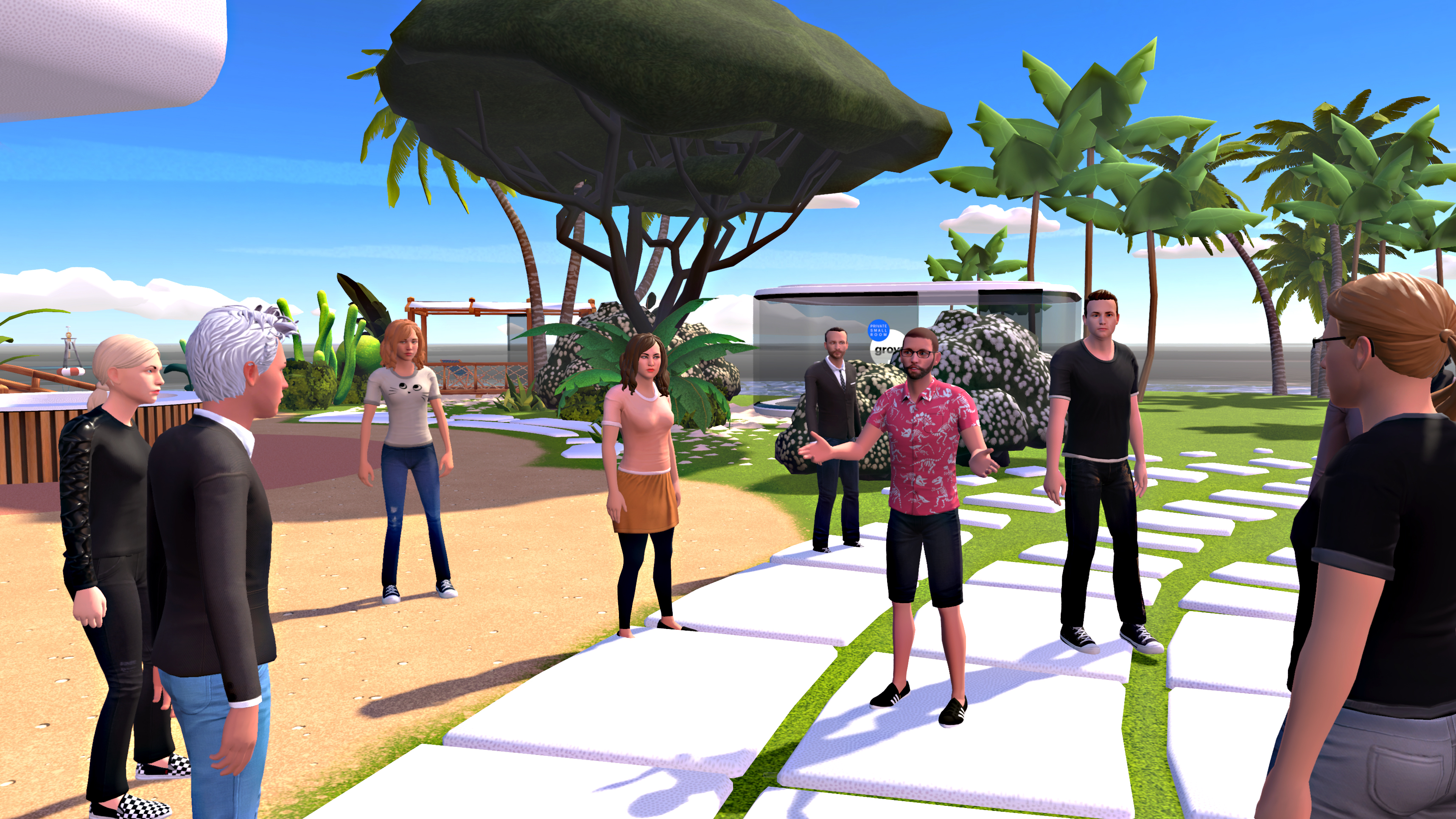The Best Virtual Communication Tools for Business
Every great organization needs three things. First, they need trust. Without trust, teams struggle to work collaboratively. Next, they need ...
For many companies, remote work is now the norm. According to IWG, 70% of employees work remotely at least once a week. More people are working individually from home, co-working spaces, and distributed offices, making work more flexible, but in some aspects, more challenging for teams. As remote work continues to evolve and expand, so will the demand for more immersive, interactive tools to connect distributed teams.
That's why virtual reality is emerging as the perfect solution for common remote work friction. The VR market volume is once again growing at a rapid pace, and virtual technology is expected to reach 98.4 million sales by 2023. Due to the increasing needs of distributed teams, many teams will leave traditional communication platforms behind and make the switch to virtual workrooms.
But will virtual reality give distributed teams what they need? For many teams, the idea of adapting to new technology is intimidating, and may or may not be worth the switch.

In truth, virtual reality is best suited for remote teams. The collaborative experience puts team members face-to-face, enabling more in-depth conversations. Rather than collaborating over video chat or messenger, teams can have more effective presentations and brainstorming sessions. It's a game-changer for remote teams relying on web conferencing tools to connect.
Additionally, the benefits of virtual reality contribute to a company culture of connection and collaboration, which is ideal for distributed teams.
When working remotely, a lot of people report that they get much more accomplished. But can every remote worker say that? It can be challenging to work out of the office, even for the most experienced remote worker. With the common distractions from working from home, like kids running around and chores waiting to be done, are your employees as focused as they could be?
Virtual reality helps team members block out these distractions. With a remote workroom, there's a clear difference between being plugged in vs. sitting at home in your home office. A virtual workroom brings your entire team into an office environment, making virtual collaboration more fluid than it's ever been.
In an office, you can banter, ask questions, share feedback, and hang out with each other. You can close the door to your office and work alone. It's easy to pick up on physical cues and tone. When you work in an actual office, all of these things come naturally. However, in remote environments, setting boundaries and connecting with your team is a little more difficult.
Every conversation is over a video call or messaging app. You need to set away messages and alert your team when you're online and offline. The kind of natural connection you get in an office isn't there. But with VR, everything is as relaxed as it would be in an office. It's clearer when you're available and when you're not.
When you're working remotely, there's still a sense of detachment when you hop on to a meeting. During video calls, you're a floating head on a screen. In a co-working space, you're trying to block out the sound of other conversations happening in the background. In other words, you're very aware that you're not in the same physical location as your team.
While web and video conferencing tools aren't the worst solutions for more productive meetings, there's a limit to how much you can get from them. Even with features like call recording and annotation tools, you're still missing the connection that comes from talking face-to-face.
Technology is only one piece of the remote work puzzle, but VR has the potential to make distributed work more seamless than ever before. For many teams, a virtual workroom is a missing component that could transform how your remote team works. Similar to a physical office, a virtual workroom gives your distributed team a dedicated place to collaborate and connect. There's one central location for important updates, day-to-day messaging, task management, and more.
Related Article:

Every great organization needs three things. First, they need trust. Without trust, teams struggle to work collaboratively. Next, they need ...
Subscribe now to be first to know what we're working on next.
By subscribing, you agree to the High Fidelity Terms of Service